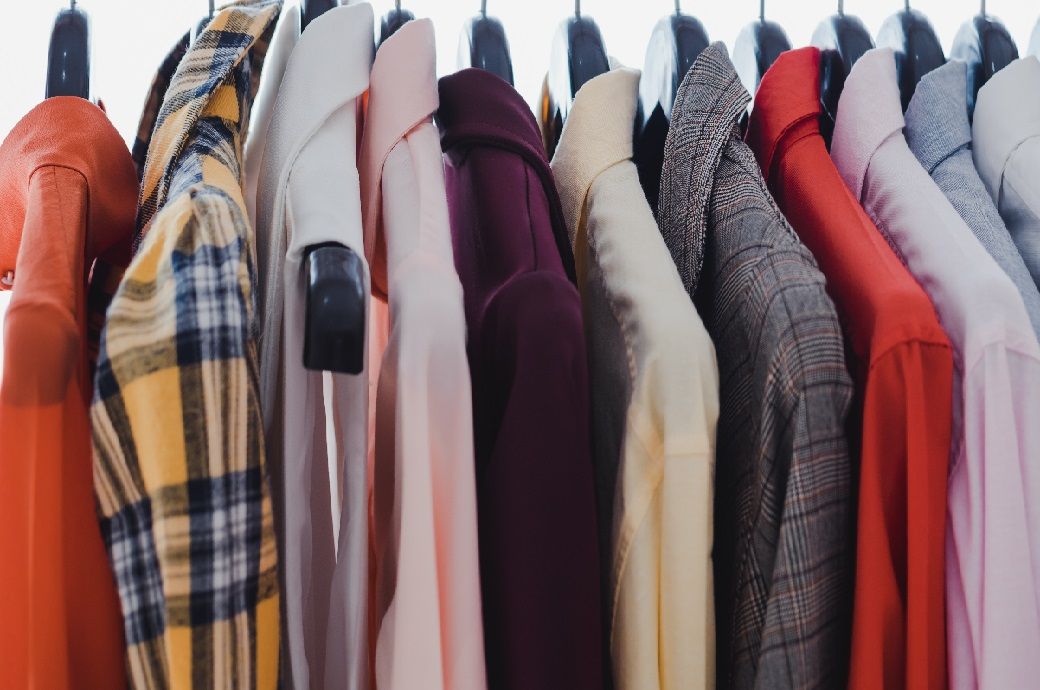
Driven by rising sustainability awareness, evolving habits among younger consumers, and the rise of social commerce, resale has broken free from its niche roots and is reshaping how consumers around the world think about fashion.
One key insight from a survey of 3,304 American adults conducted by GlobalData for the report is how deeply younger generations have embraced resale as their primary shopping choice. In 2024, a record 68 per cent of the younger consumers surveyed shopped second-hand, driven by affordability, environmental concerns and the thrill of finding unique items. Moreover, 56 per cent now prioritise second-hand options before considering new purchases.
Branded resale—the practice of buying second-hand directly from original retailers—is also surging. Nearly half (47 per cent) of younger shoppers bought second-hand directly from brands in 2024. These findings challenge traditional perceptions that second-hand buyers prioritise affordability alone, showing a clear demand for quality, authenticity and brand engagement.
Economic impact
Second-hand retail is growing at rates up to eight times faster than conventional retail channels and retail executives are increasingly acknowledging its critical role, with 94 per cent of the leading 50 brands surveyed noting that customer participation in second-hand has reached record levels.
Yet, industry fragmentation remains a notable challenge. A significant 86 per cent of retail executives without existing resale programmes struggle to envisage effective integration, citing operational complexity and provider selection as key barriers. Consequently, many brands are exploring partnerships with resale specialists, revealing an urgent need for collaboration in the evolving market landscape.
Sustainability and AI
Artificial intelligence (AI) is also contributing to the resale boom. AI technologies help consumers navigate overwhelming selections, making second-hand shopping as seamless as purchasing new items. Around 59 per cent of younger shoppers specifically highlight AI-driven personalisation and improved search methods as key drivers in choosing second-hand over new apparel.
Moreover, government policies around trade and sustainability are significantly boosting the resale market. Rising tariff uncertainties led 62 per cent of consumers—and 66 per cent of younger shoppers—to seek more affordable second-hand options. Retailers themselves are advocating for stronger federal support to streamline textile waste management, further legitimising resale as both economically and environmentally beneficial.
The next five years
ThredUp forecasts continued growth for resale fashion through 2029. Retailers will increasingly leverage social commerce and AI, transforming resale into a vital channel for customer engagement and revenue generation. Anticipated regulatory developments in textile waste management are further expected to accelerate retailer adoption of resale and circular fashion practices.
“The resale and commerce industry will continue to grow, but the future of it is online,” says ThredUp CEO James Reinhart. “The niche apparel resale industry is turning into a mainstream consumer option, revitalising an age-old industry by bringing it online and delivering the financial benefits of second-hand.”
ALCHEMPro News Desk (IL)
Receive daily prices and market insights straight to your inbox. Subscribe to AlchemPro Weekly!